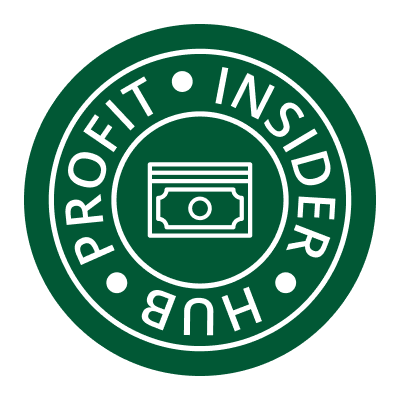(NewsNation) — Even if you don’t have a 401(k), there are several ways you can make sure you are saving for your retirement.
According to Fidelity, some of the other options you can consider include IRAs, SEP IRAs and self-employed 401(k)s.
Are people ‘panic buying’? Economist explains which big purchases you may want to make now
Here are some of the ways you can save for retirement without a 401(k):
Individual retirement account (IRA)
An individual retirement agreement, or an individual retirement account, can be opened by anyone who has earned income. This includes those who might not have a job, but have a spouse who is employed. When choosing an IRA, you will need to choose between a Roth IRA and a traditional IRA.
Summer travel may actually be cheaper to certain destinations, expert says
A Roth IRA will allow your contributions and earnings to grow tax-free. You will be able to withdraw the money from your Roth IRA tax-free after you turn 59½, as long as your account has been open for at least five years.
A traditional IRA allows you to contribute money before or after taxes. You can grow your money tax-deferred, however, you will pay ordinary income tax on your withdrawals. Also, you have to start taking distributions after you turn 73. There are no income limitations to opening a traditional IRA, unlike with a Roth IRA.
Simplified Employee Pension plan (SEP IRA)
A Simplified Employee Pension plan, or SEP IRA, could be a good option if you are self-employed or have freelancing income. If you are a sole proprietor or part of a partnership, C-corporation or S-corporation, you are eligible for an SEP IRA.
Recent college grads face toughest job market in years
Your contributions could be tax-deductible, according to Fidelity. Typically, employees aren’t allowed to contribute, and only employers can. There is an option for employees to be able to make traditional IRA contributions, but these would count toward the annual limit for IRAs.
If you want to set up an SEP IRA, you will need to do so before the federal income tax filing deadline.
Self-employed 401(k)
If you are self-employed, you could start a self-employed or solo 401(k). This also applies to you if you own a business or partnership that has no employees or if you have a spouse who works in the business.
You can contribute to a self-employed 401(k) in two ways: as the employee and again as the employer. As an employee, you can make a tax-deductible or Roth contribution of up to 100% of what you are paid up to a maximum. Once you are over 50, you can make catch-up contributions.
Texas woman who won $83.5 million jackpot still not paid 3 months later, sues Texas Lottery Commission
As the employer, you can contribute up to 25% of your earnings that are considered eligible. These contributions will always be before taxes. As a small business owner, you could save a lot of money each year with a self-employed 401(k). The deadline to set up a plan is the employer’s tax filing deadline.
SIMPLE IRAs, health savings account
Other plans to consider are SIMPLE IRAs and a health savings account. A SIMPLE IRA is similar to a 401(k) in that it offers before and after-tax contributions. It also has an employee contribution and employer match. If you are self-employed or a small business owner, you can open a SIMPLE IRA.
Trump tariffs set to collide with back-to-school shopping
A health savings account, or HSA, you can benefit from tax deductions, tax-free growth potential and withdrawals that are tax-free to pay for any qualified medical expenses. These expenses could be paid for before or after your retirement.
Then, after you turn 65, you can withdraw money from the HSA without facing any penalties. However, you will owe taxes on contributions and earnings.

